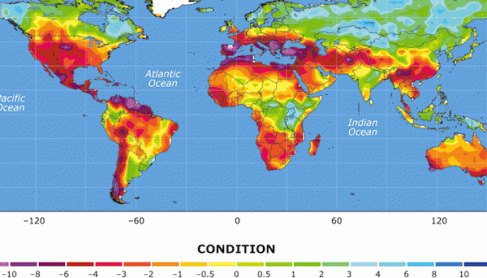The core of our mission in all aspects of this farm and farming is to preserve the ways of the past while honoring mother nature.
So reads the mission statement of Stoney Mountain Farm in Burlington, North Carolina, an organization that strives to perhaps revolutionize farming by simply reverting to older, less technologically advanced methods. As opposed to many green farming technologies and developments to keep up with the changing world, the methodical approach of Stoney Mountain is to simply revert back to times when greater forces than technology – like nature – had control.
The farm allows old Mother Nature to take control of much that governs activity on its grounds. The fields and pastures are not intensively plowed or even mowed. The animals are not fed any hormones or medications. They only worm as needed, and plant a variety of herbal remedies around their grounds, which the animals are naturally drawn to when they instinctively need it.
These methods prove extremely important not only to the environment, but to Stoney Mountain’s main revenue stream. The farm specializes in 100% all natural wool products for consumers, offering a wide variety of felting kits, wool dryer balls and kits, and even eco-friendly wool cat toys. Also, what is extremely unique is Stoney Mountain’s ability to produce and provide roving, batts, and yarns of over 20 natural colors.
All of this, we believe, and all that Stoney Mountain Farm stands for, is great in all its simplistic glory. Few words can sum up our reasoning for loving Stoney Mountain more than its own words:
Through these practices, we believe we offer beautiful venues for our guests and the best quality products with healthy, happy livestock



